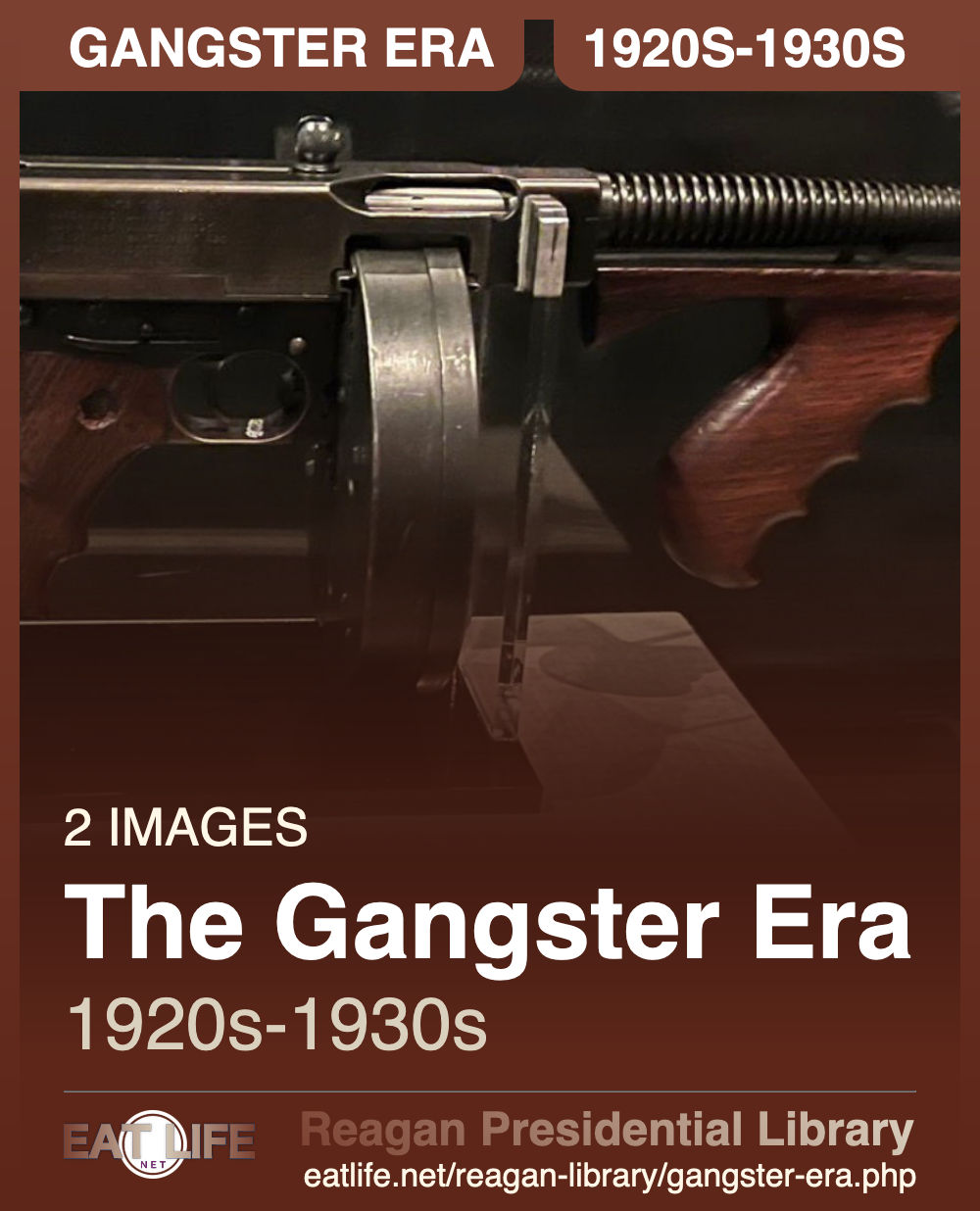
1920s-1930s
Al Capone, John Dillinger. Baby Face Nelson, Pretty Boy Floyd, Kreepy Karpis, Dutch Shultz. The gangsters with colorful monikers were the targets of the FBI in the prohibition-era. Dillinger, Floyd, Nelson, and Karpis were the only four men named "Public Enemy #1" by the FBI. These men captured the public's imagination, and the resulting publicity led to an increase in the understanding of the FBI's role in law enforcement among the general population.
From gunfights in the streets reenacted in newsreels to popular stories of "Don't Shoot G-Man!" the FBI agent was rising to a place of mythical proportions in America. Melvin Purvis, the best-known agent of the era, lead a number of manhunts. New crime bills were passed in the 1930s to deal with the gangster threat, giving the FBI jurisdiction and new tools to fight the crime wave, including formal authorization to carry firearms for the first time. Fingerprint analysis tied gangsters to their crimes. The FBI was on its way to becoming the premier federal law enforcement agency.
eatlife.net/fbi/bonnie-and-clyde.php

1928
One of the most enduring images of the Gangster Era is the fully automatic Thompson Submachine Gun, known as the "Tommy Gun." Both criminals and law enforcement alike used the firearm. The FBI, in particular used them, surplus from military stores used in World War I, and the "Tommy Gun" became a symbol of the G-Man in the gangster era. It has a 50 round drum magazine, weighs 10 pounds, and can fire around 600-800 rounde a minute.

1942 June.
Fort Knox. Machine guns. The .45 caliber Thompson sub-machine gun, familiarly known as the Tommy gun, is a hand weapon for which every branch of the service finds many uses. Its portability and effectiveness makes it a favorite of our modern Army.
WIKIPEDIA Tommy Gun
The Thompson submachine gun (also known as the "Tommy gun", "Chicago typewriter", "Chicago piano", "trench sweeper", or "trench broom") is a blowback-operated, selective-fire submachine gun, invented by United States Army brigadier general John T. Thompson in 1918. It was originally designed to break the stalemate of trench warfare of World War I, but early models did not arrive in time for combat.The Thompson saw early use by the United States Marine Corps during the Banana Wars, the United States Postal Inspection Service, the Irish Republican Army, the Republic of China, and the FBI following the Kansas City Massacre.
The weapon was also sold to the general public. Because it could be obtained so easily, the Thompson became notorious during the Prohibition era as the signature weapon of various organized crime syndicates in the United States in the 1920s. It was a common sight in the media at the time, and was used by both law enforcement officers and criminals.
Tommy Gun United States
The perceived popularity of submachine guns such as the Thompson with violent gangsters in the 1920s and 1930s was one of the main reasons given for passage of the National Firearms Act by the United States Congress in 1934. One of its provisions was that owners of fully automatic firearms were required to register them with the predecessor agency of the modern Bureau of Alcohol, Tobacco, Firearms and Explosives (ATF). The law also placed restrictions on the possession, transfer, and transport of the weapons.The Thompson was widely adopted by the U.S. armed forces during World War II, and was also used extensively by other Allied troops during the war. Its main models were designated as the M1928A1, M1 and M1A1 during this time. More than 1.5 million Thompson submachine guns were produced during World War II.
It is the first weapon to be labelled and marketed as a "submachine gun"The original selective-fire Thompson variants are no longer produced, although numerous semi-automatic civilian versions are still being produced by the manufacturer Auto-Ordnance. These models retain a similar appearance to the original models, but have various modifications in order to comply with US firearm laws.
















